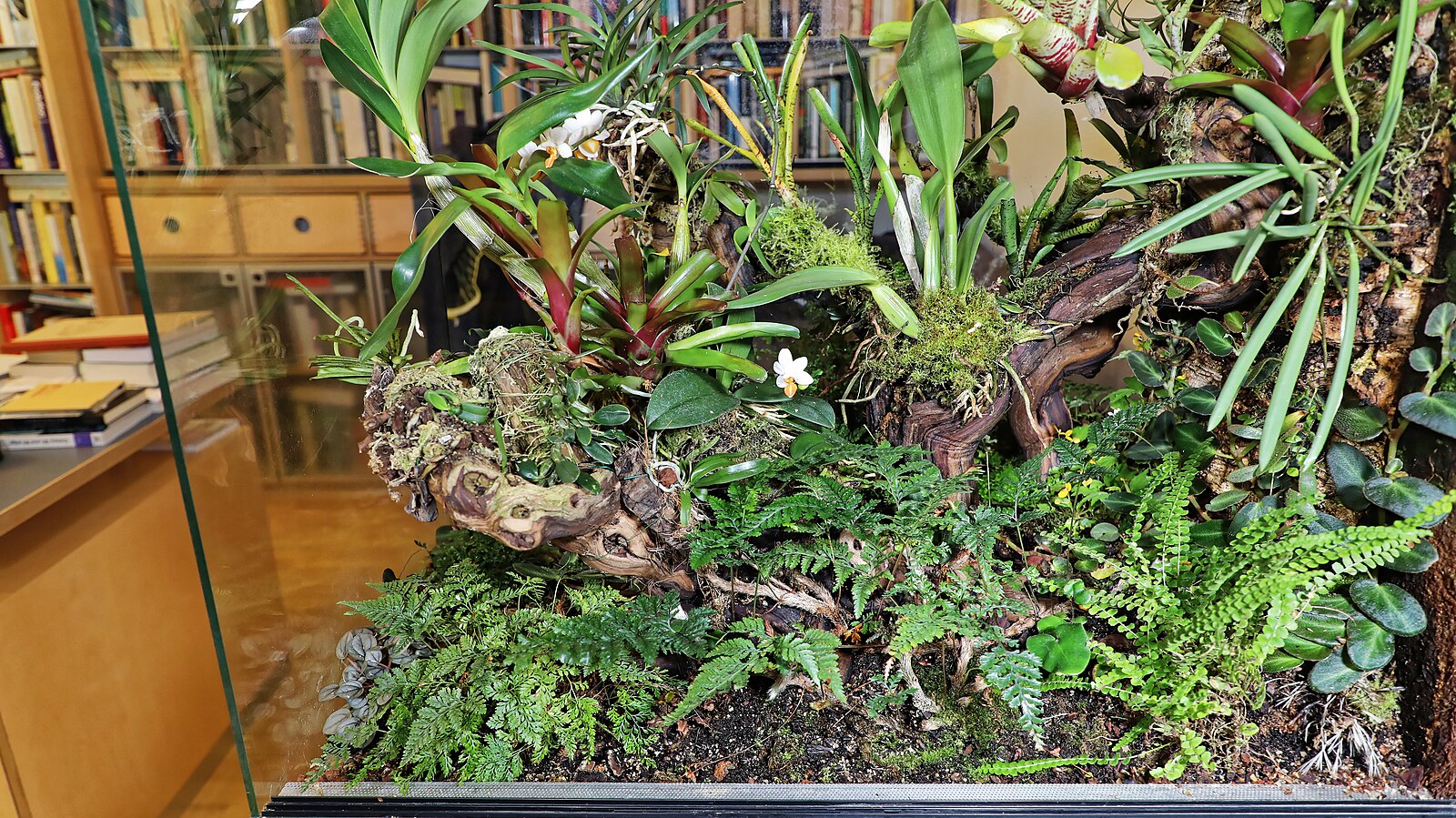Exotic reptiles from tropical and subtropical regions have evolved over millions of years in environments where moisture hangs heavy in the air. This high humidity isn’t just a preference—it’s a biological necessity for many species.
From the Amazon Basin to the misty rainforests of Southeast Asia, these animals have developed specific physiological adaptations that depend on moist environments to sustain their health.
Understanding why these creatures need elevated humidity levels is crucial for proper husbandry in captivity, where replicating their native conditions can mean the difference between a thriving pet and one plagued by health issues.
This exploration into the humidity requirements of exotic reptiles reveals fascinating adaptations and underscores the importance of creating microenvironments that honor their evolutionary heritage.
The Evolutionary Connection to Humidity
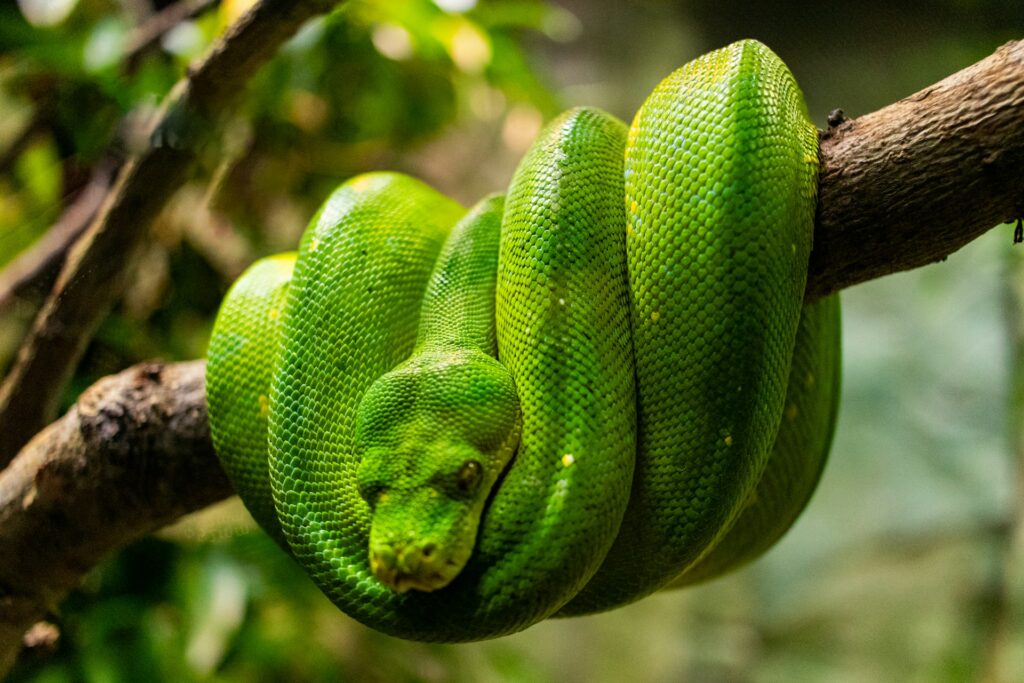
Reptiles that evolved in tropical and subtropical regions developed specialized adaptations to high-humidity environments over millions of years. Species like emerald tree boas, crested geckos, and many chameleon species come from rainforests where humidity regularly exceeds 80%.
These evolutionary adaptations are hardwired into their physiology, making proper humidity levels non-negotiable for their well-being in captivity.
When we examine the geographic distribution of reptiles with high humidity requirements, we find they cluster in regions like the Amazon Basin, Central African rainforests, and Southeast Asian tropical zones—all areas characterized by consistent moisture and limited seasonal variation in humidity.
This evolutionary history explains why these animals cannot simply “adapt” to drier conditions and why replicating their native humidity levels is essential for responsible husbandry.
Skin Integrity and the Shedding Process
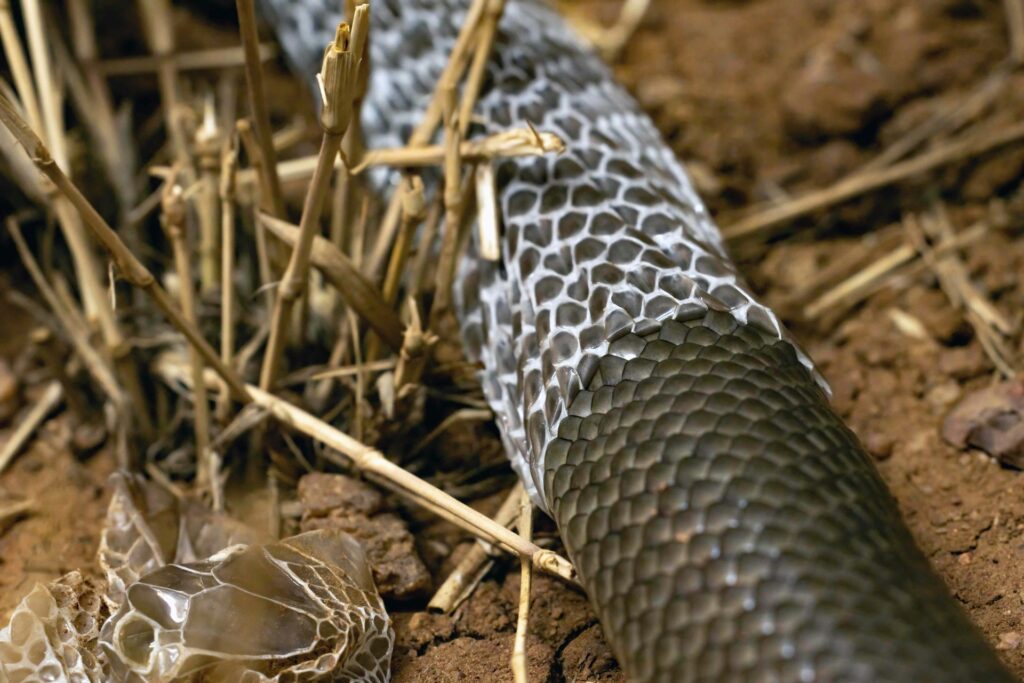
Humidity plays a critical role in maintaining the integrity of reptilian skin and facilitating the regular shedding process known as ecdysis. Unlike mammals, reptiles grow continuously throughout their lives, necessitating periodic shedding of their outer skin layer.
Adequate moisture in the environment softens the connection between the old and new skin layers, allowing for a complete and intact shed—ideally in one piece for snakes or larger sections for lizards.
In low humidity conditions, reptiles often experience “stuck sheds,” where patches of old skin remain attached, potentially restricting blood flow and causing severe health complications, particularly around the eyes, tail tip, and toes.
Species like ball pythons, green tree pythons, and many gecko species are especially prone to shedding difficulties when humidity drops below their required levels, making proper environmental moisture levels essential for their long-term health.
Respiratory System Requirements
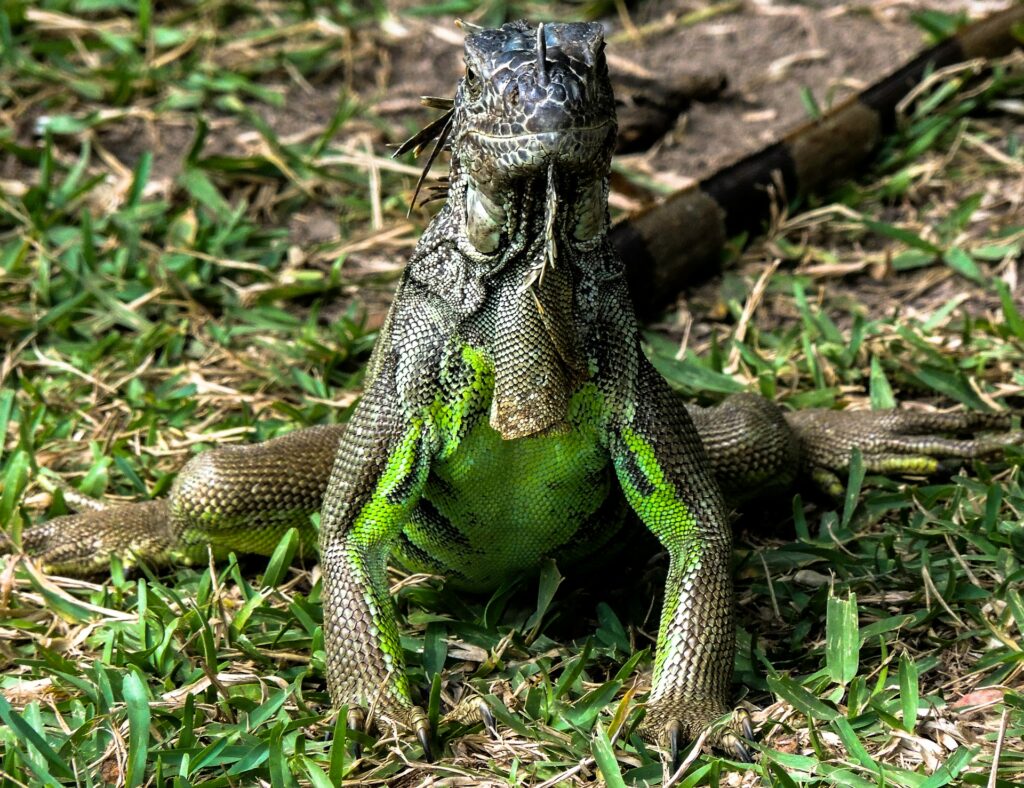
The respiratory systems of many exotic reptiles have adapted to function optimally in high-humidity environments.
These animals typically have simple lungs with fewer air sacs compared to mammals, and some species can absorb oxygen through specially adapted skin, a process heavily dependent on moisture.
When kept in environments that are too dry, these reptiles often develop respiratory infections as their mucous membranes dry out, compromising their primary defense against pathogens.
Conversely, the proper humidity level helps maintain the protective mucus layer in the respiratory tract, supporting their immune defenses and ensuring efficient oxygen exchange.
Species like chameleons, many tree frogs (though technically amphibians), and tropical forest-dwelling lizards like day geckos show particular sensitivity to humidity levels in terms of respiratory health, often developing chronic respiratory issues when humidity requirements are not met.
Kidney Function and Water Conservation
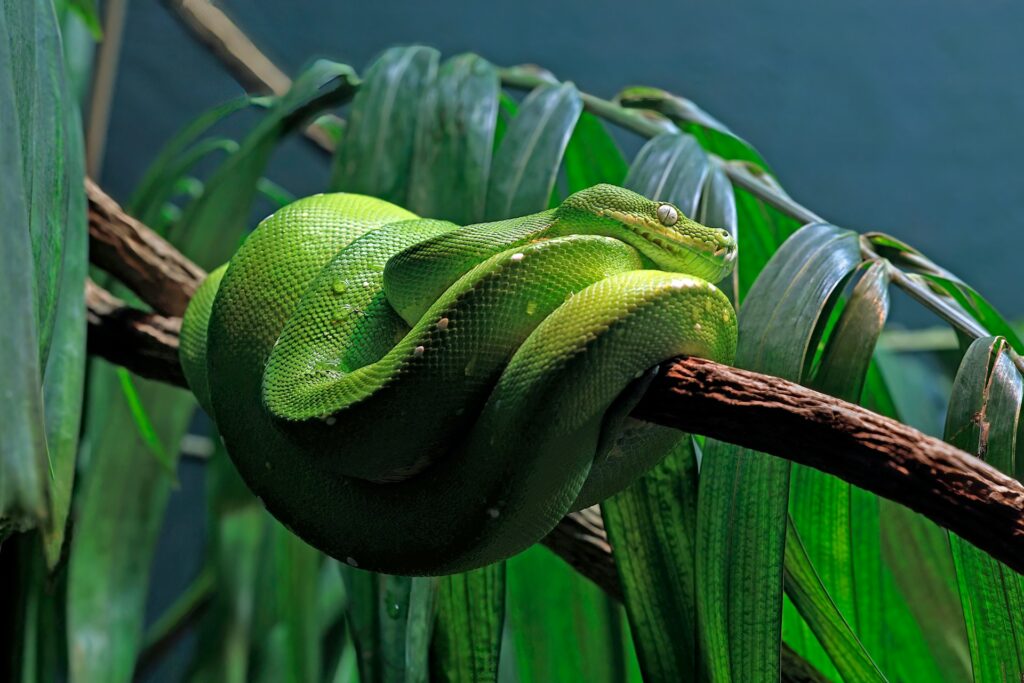
Reptiles from high-humidity environments have evolved kidney systems that function differently from desert-dwelling species, often lacking the same water conservation capabilities.
Tropical reptiles typically eliminate nitrogenous waste as urea or ammonia rather than the water-conserving uric acid preferred by desert species, making them more dependent on environmental moisture.
This adaptation assumes a constant supply of water from the environment, either directly or from humid air, to maintain proper kidney function and prevent dehydration.
When kept in dry conditions, these reptiles must compensate by drinking more water, which places stress on their renal system and can lead to kidney disease over time.
Reptile species like Chinese water dragons, many tropical python species, and rainforest-dwelling monitor lizards show particular sensitivity to dehydration and often develop kidney issues when their humidity requirements aren’t met.
Impact on Embryonic Development
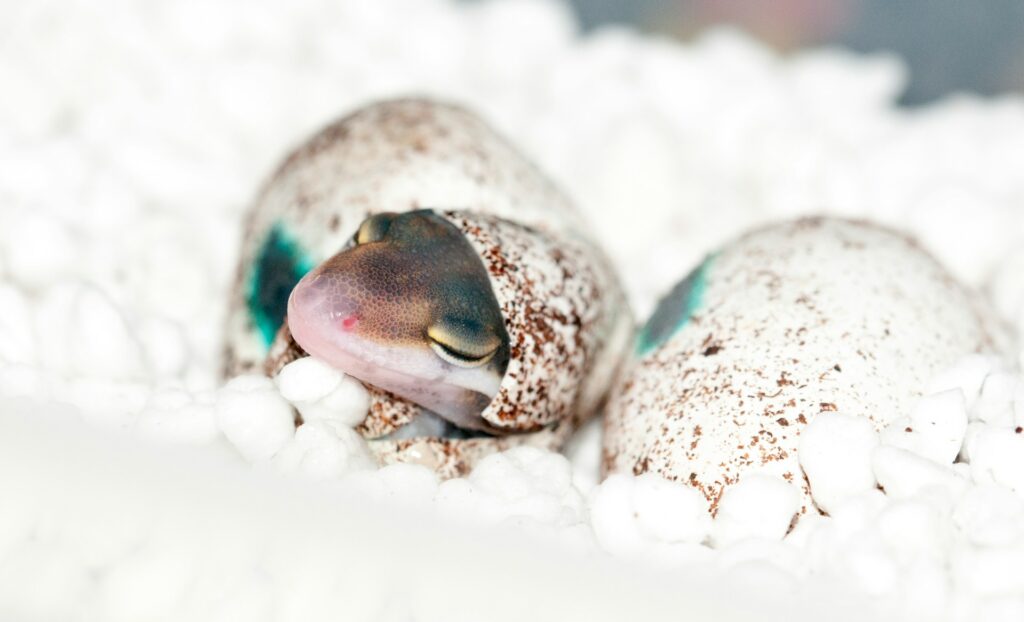
Humidity plays a vital role in successful reproduction for many exotic reptile species, particularly during egg incubation. Reptile eggs are typically permeable and exchange gases and moisture with their environment, making appropriate humidity levels crucial for proper embryonic development.
Too little humidity causes the eggs to desiccate and collapse, while excessive moisture can lead to fungal growth or drowning of the embryos.
Species like crested geckos, Suriname red-tailed boas, and many chameleon species require very specific humidity gradients during incubation for successful hatching.
Even for live-bearing (viviparous) reptiles from humid environments, maternal hydration directly impacts the development of offspring, with dehydrated mothers often producing smaller, less viable young with developmental abnormalities.
This reproductive dependency on humidity represents one of the most critical aspects of tropical reptile husbandry.
Thermoregulation Through Evaporative Cooling
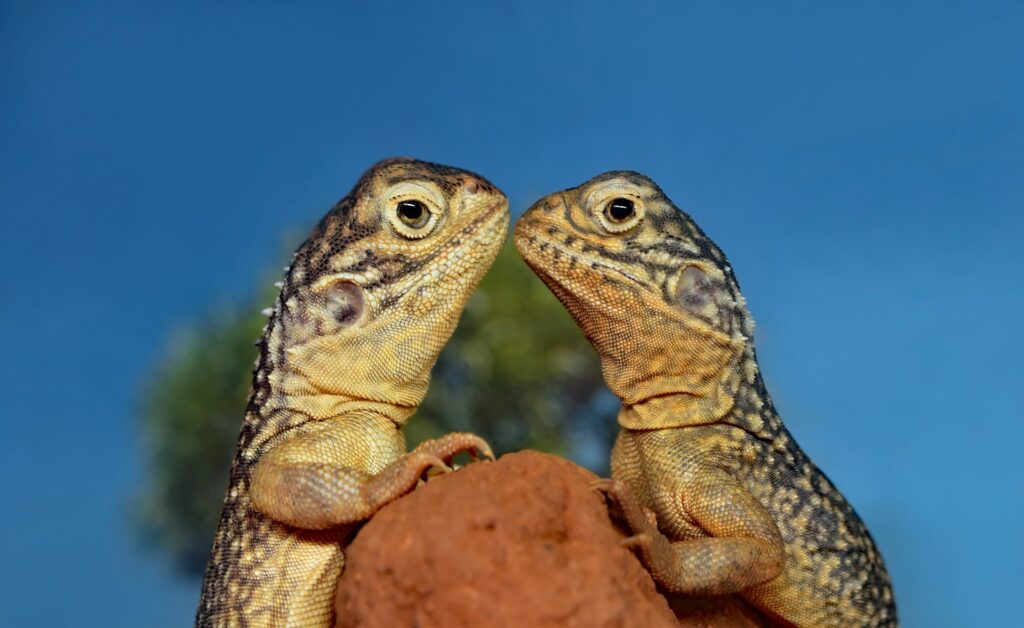
Reptiles from high-humidity environments often use the moisture in the air as part of their thermoregulation strategy, a process that fails in dry conditions.
Unlike mammals, reptiles cannot sweat, but many tropical species have adapted to use evaporative cooling from their respiratory system or moist skin surfaces to regulate body temperature in their native humid habitats.
When the air lacks sufficient moisture, these cooling mechanisms become inefficient or impossible, forcing the reptile to seek cooler microhabitats or risk overheating.
This relationship between humidity and thermoregulation is particularly evident in arboreal species like green iguanas, many chameleon species, and tropical tree snakes, which have evolved to rely on the consistent humidity of forest canopies.
Creating proper humidity gradients in captivity allows these animals to thermoregulate naturally, reducing stress and preventing heat-related health issues.
Species-Specific Humidity Requirements
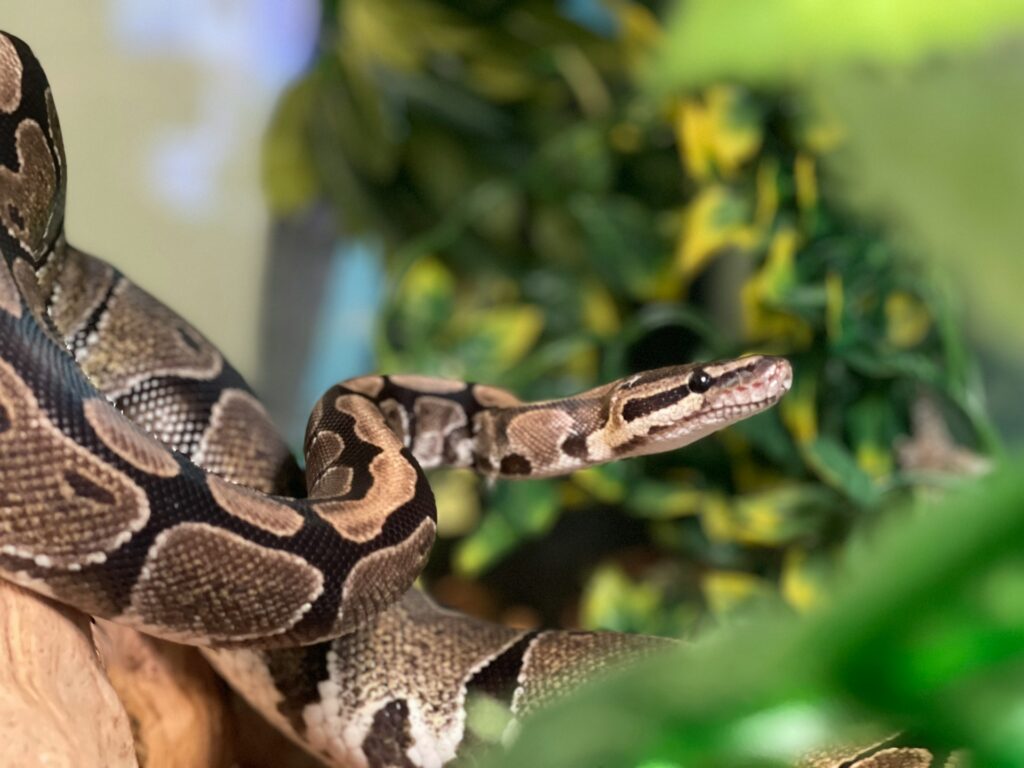
Different reptile species have evolved to thrive in environments with specific humidity ranges, making generalization dangerous for proper care.
Ball pythons, native to the humid savannas and forests of West and Central Africa, generally require humidity levels of 50-60%, with higher levels during shedding periods.
In contrast, crested geckos from New Caledonia need environments with 60-80% humidity to support their arboreal lifestyle and specialized skin functions.
Even more demanding are species like the emerald tree boa from the Amazon rainforest, requiring consistent humidity above 80% to prevent respiratory and shedding issues.
These requirements aren’t arbitrary preferences but rather biological necessities based on each species’ evolutionary history and physiological adaptations.
Understanding and implementing these species-specific humidity parameters forms the foundation of successful exotic reptile husbandry.
Humidity and Disease Prevention
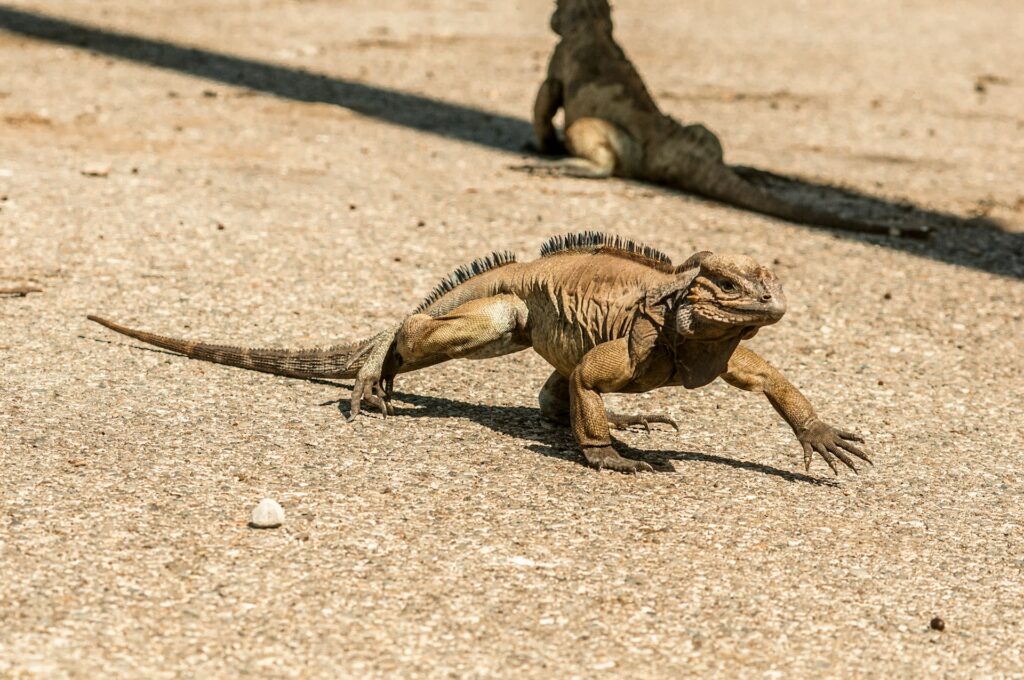
Proper humidity levels serve as a first-line defense against common reptile ailments, particularly respiratory infections and skin diseases. In appropriately humid environments, the mucous membranes and skin of tropical reptiles maintain their integrity, providing an effective barrier against pathogens.
Conversely, chronically dry conditions can lead to compromised immune function as resources are diverted to manage dehydration, making reptiles more susceptible to opportunistic infections.
However, the relationship between humidity and disease is complex—while insufficient humidity causes numerous health problems, excessive moisture without adequate ventilation can create conditions favorable for bacterial and fungal growth.
Species like red-eyed tree frogs, day geckos, and many tropical python species show particular susceptibility to this delicate balance, developing skin infections when humidity is too high and respiratory infections when it’s too low.
Successful husbandry requires creating the optimal humidity range for each species while ensuring proper air circulation.
Creating Microenvironments in Captivity
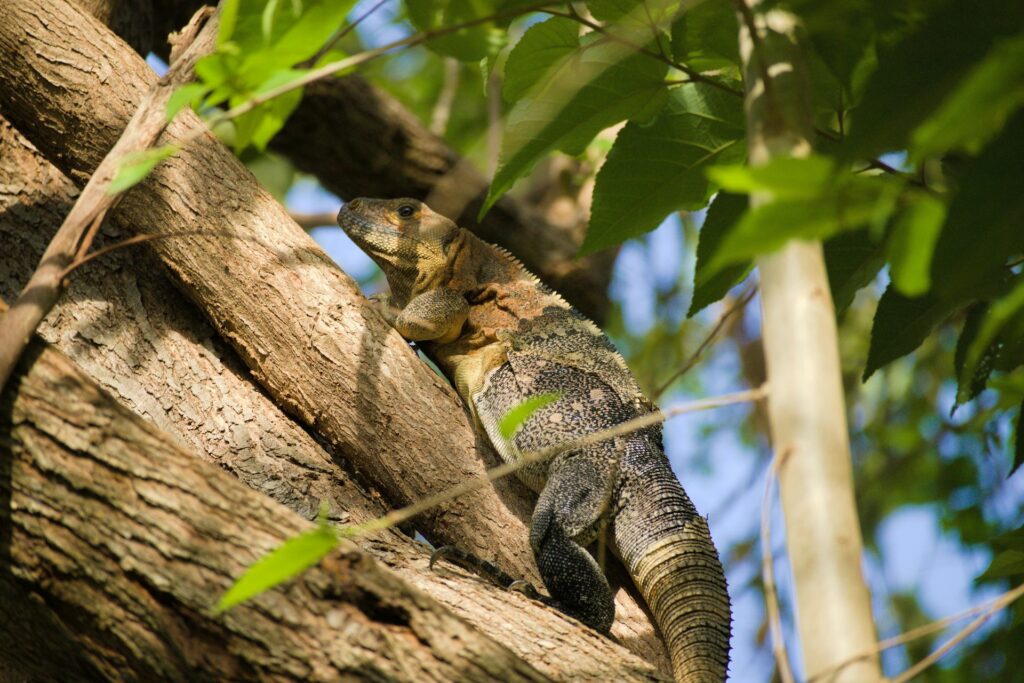
Replicating tropical humidity levels in captivity often requires creating specialized microenvironments that mimic the complex habitats found in nature. Effective enclosure design typically incorporates humidity gradients, allowing animals to select their preferred moisture levels throughout the day.
This can be achieved through partial screen tops, strategically placed water features, moisture-retaining substrates like coconut coir or sphagnum moss, and regular misting schedules.
For particularly humidity-dependent species like many dart frogs and Vietnamese mossy frogs, enthusiasts often create bioactive vivaria with living plants and microfauna that naturally maintain high humidity levels.
These sophisticated setups not only provide appropriate moisture but also simulate the natural cycles and sensory experiences of wild habitats.
The goal is not simply to achieve a specific humidity percentage but to create a dynamic environment that offers the animal choices in maintaining its physiological equilibrium.
Measuring and Monitoring Humidity
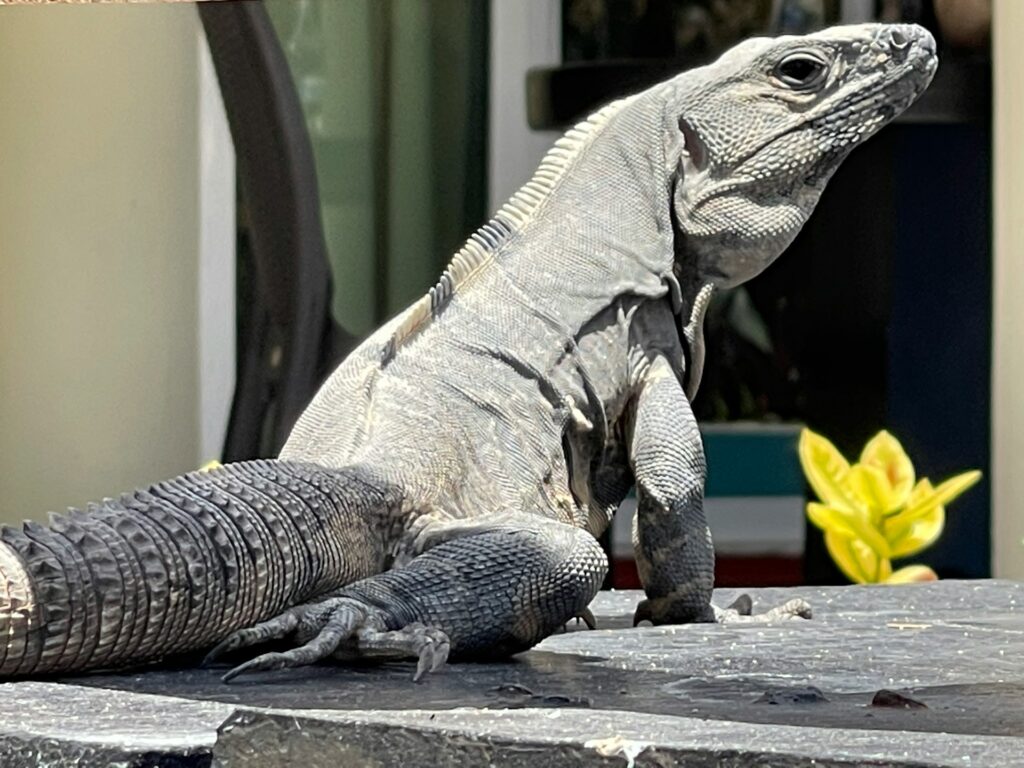
Accurate measurement of humidity levels is fundamental to proper exotic reptile husbandry, requiring specific tools and consistent monitoring practices. Digital hygrometers provide the most reliable readings and should be placed at multiple locations within an enclosure to account for humidity gradients.
For particularly sensitive species, hobbyists often employ automated systems that monitor humidity levels and trigger misting systems when measurements fall below set parameters.
It’s important to note that relative humidity fluctuates naturally with temperature changes, typically decreasing as temperature rises, which necessitates different management approaches during day and night cycles.
Serious reptile keepers maintain detailed logs of humidity readings along with animal behavior and health observations, allowing them to correlate environmental conditions with their pet’s well-being.
This data-driven approach to humidity management helps prevent the health issues that can develop gradually when moisture levels are consistently inappropriate.
Balancing Humidity and Ventilation
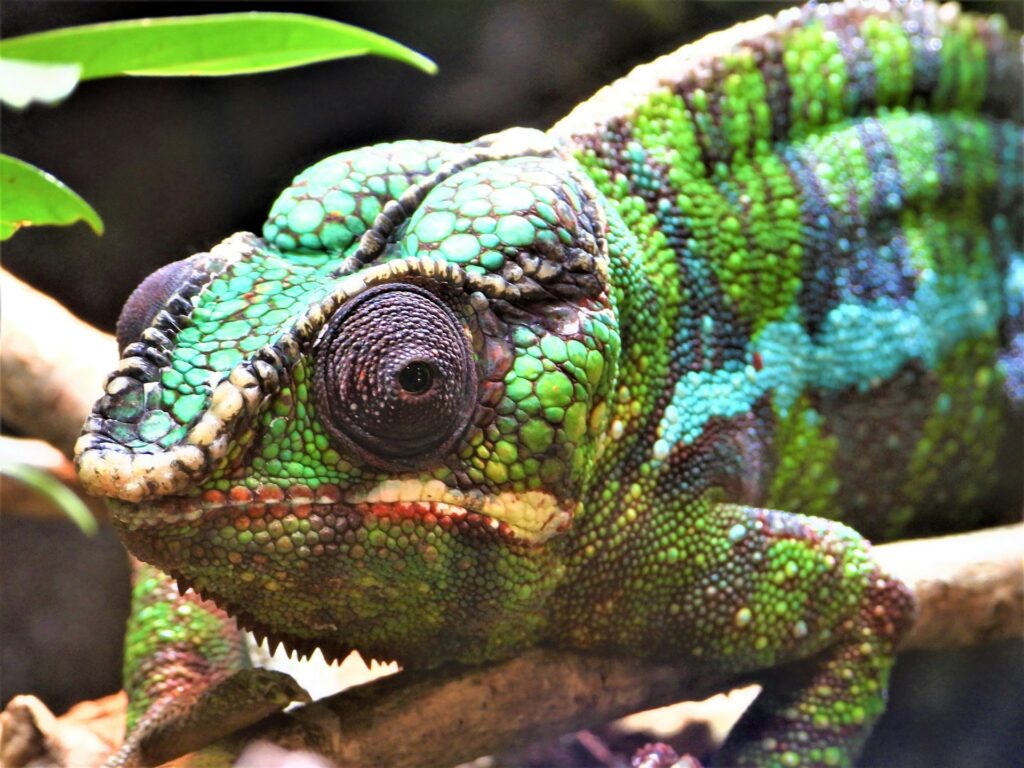
Creating healthy environments for humidity-loving reptiles requires striking a delicate balance between moisture retention and adequate air circulation. While maintaining high humidity is essential, stagnant air can quickly lead to problematic bacterial and fungal growth, particularly in enclosed spaces.
Effective enclosure design typically incorporates strategic ventilation that allows air exchange without rapidly depleting moisture levels, often through small vents positioned to create gentle air currents rather than direct drafts.
Species like crested geckos and many arboreal snake species benefit from this balanced approach, which mimics the conditions found in tropical forest canopies where foliage creates humidity pockets while allowing air movement.
Sophisticated reptile keepers often incorporate small fans on timers to provide periodic air circulation and may use hygroscopic substrates and living plants to stabilize humidity even with enhanced ventilation.
This integrated approach to humidity and ventilation demonstrates how advanced reptile husbandry requires understanding the complex interplay of environmental factors.
Seasonal Humidity Variations

Many exotic reptiles experience seasonal shifts in humidity levels in their native habitats, adaptations that should be reflected in captive care regimens. Even tropical environments typically have distinct wet and dry seasons, with corresponding changes in reptile behavior, especially regarding breeding cycles.
For example, many python species from Southeast Asia experience a pronounced dry season followed by monsoon rains, which often triggers breeding behavior when replicated in captivity.
Mimicking these natural humidity fluctuations can stimulate natural behaviors and physiological responses, potentially enhancing both physical and psychological well-being.
Keepers of species like red-footed tortoises, emerald tree boas, and many tropical gecko species often implement seasonal humidity protocols that align with the animals’ evolutionary expectations.
These programmed environmental variations represent an advanced level of reptile husbandry that acknowledges the importance of not just maintaining appropriate humidity but also replicating the dynamic patterns these animals have evolved to anticipate.
Common Husbandry Mistakes Related to Humidity
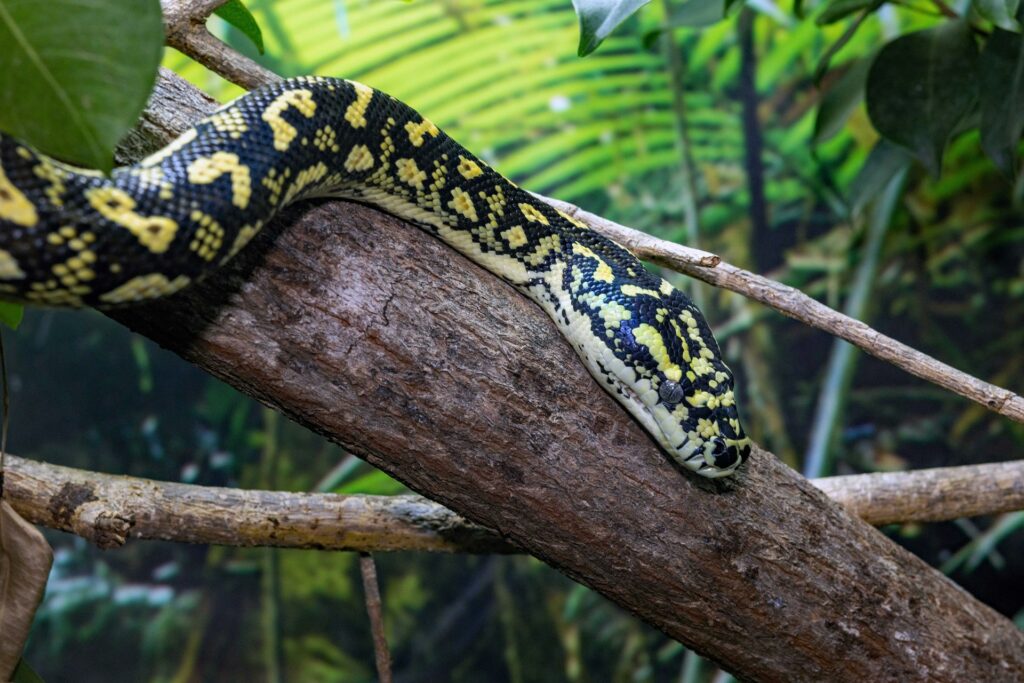
Despite good intentions, reptile enthusiasts frequently make specific humidity-related errors that compromise their pets’ health.
One of the most common mistakes is relying on ambient room humidity without creating appropriate microclimates within the enclosure, particularly problematic in dry climates or during winter heating seasons.
Another frequent error involves maintaining consistently high humidity without adequate ventilation, creating stagnant conditions that promote bacterial and fungal growth on surfaces and potentially in the animal’s respiratory tract.
Many keepers also fail to account for the relationship between temperature and relative humidity, not realizing that as enclosure temperatures increase during the day, relative humidity decreases proportionally, potentially falling below critical thresholds.
Perhaps most concerning is the tendency to generalize humidity requirements across broad categories like “tropical reptiles,” ignoring the specific evolutionary adaptations of individual species.
These husbandry oversights often manifest as chronic health issues that could be prevented through more nuanced understanding of each species’ specific humidity requirements and how to implement them effectively.
Conclusion
The relationship between exotic reptiles and humidity is not merely a matter of preference but a fundamental aspect of their biology, shaped by millions of years of evolution in specific environments.
From their specialized respiratory systems to their shedding processes, kidney function, and reproductive strategies, these animals depend on appropriate moisture levels to maintain basic physiological functions.
As responsible keepers of these fascinating creatures, we must strive to understand and replicate the humidity conditions they’ve evolved to expect, creating microenvironments that honor their natural history while preventing the health issues that arise when these needs are neglected.
By embracing the complexity of proper humidity management—including species-specific requirements, monitoring techniques, and the balance between moisture and ventilation—we can provide our reptilian companions with environments that support their well-being and allow them to express their natural behaviors.




